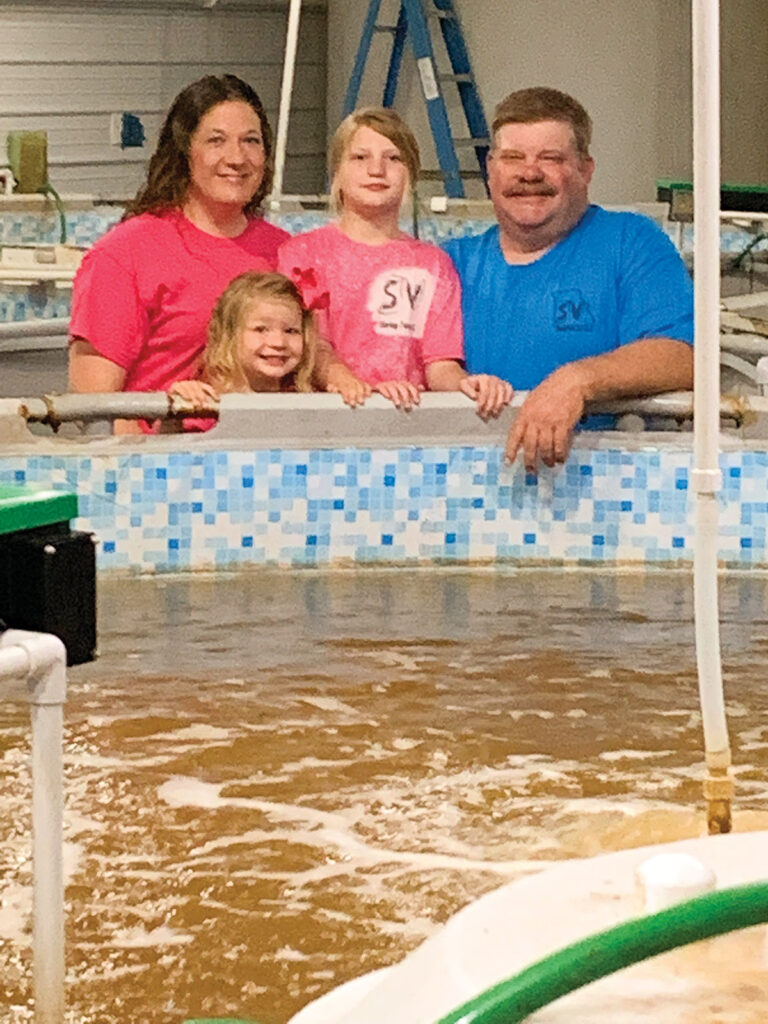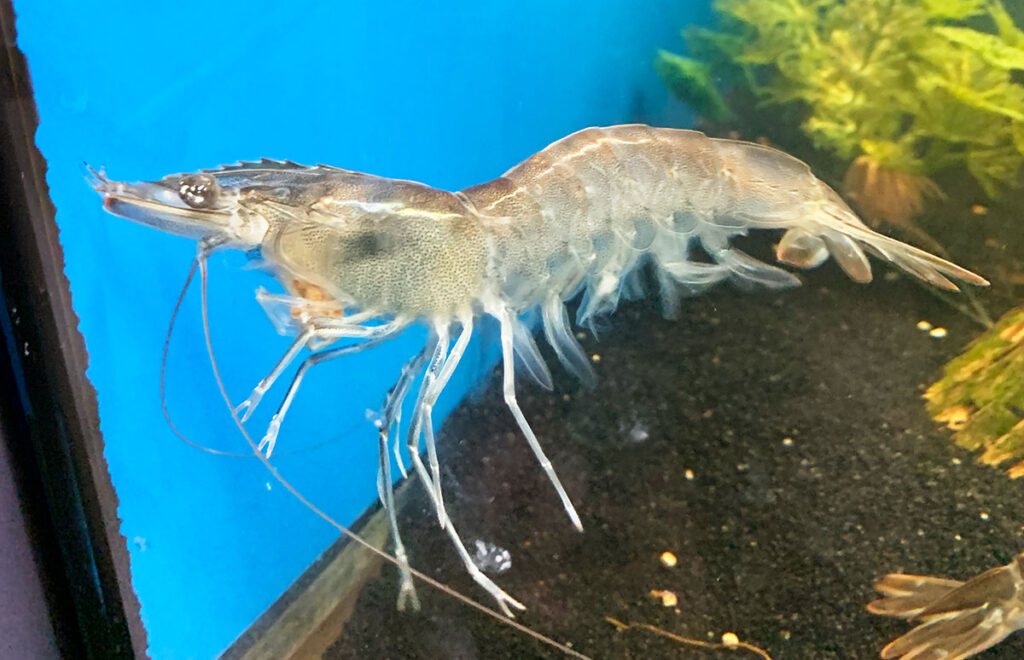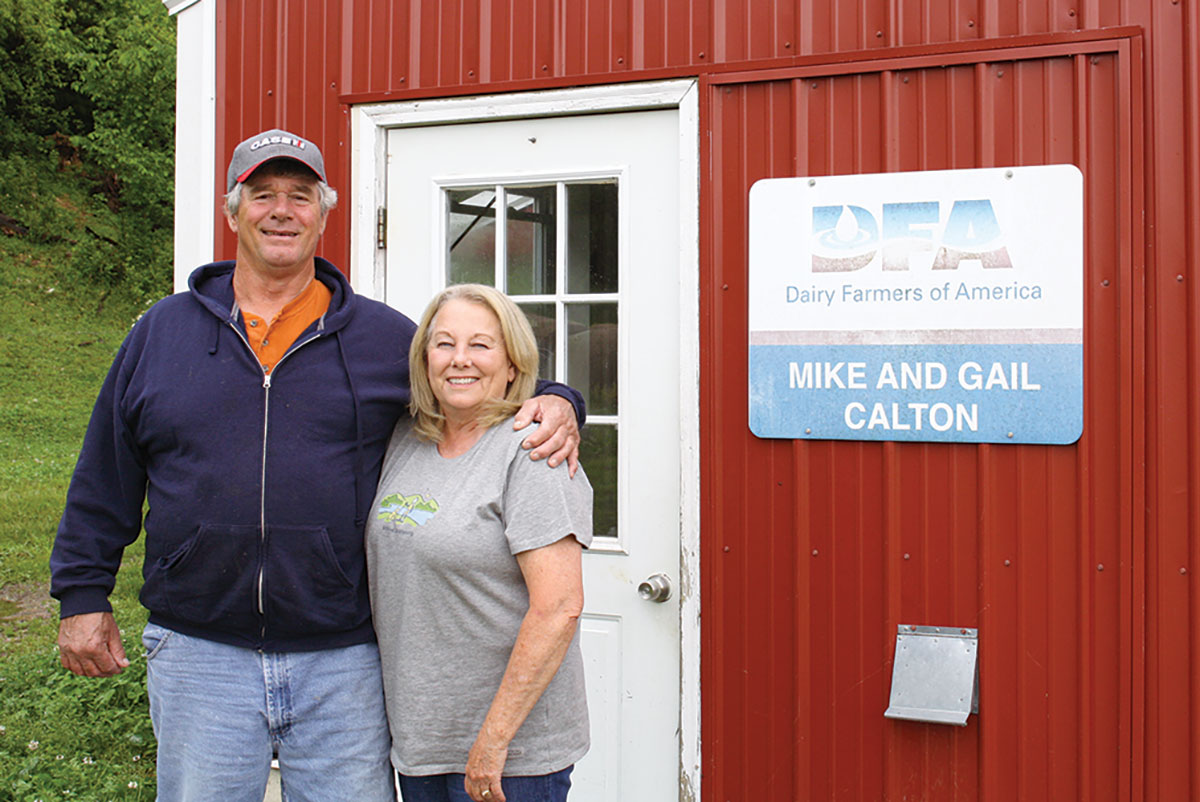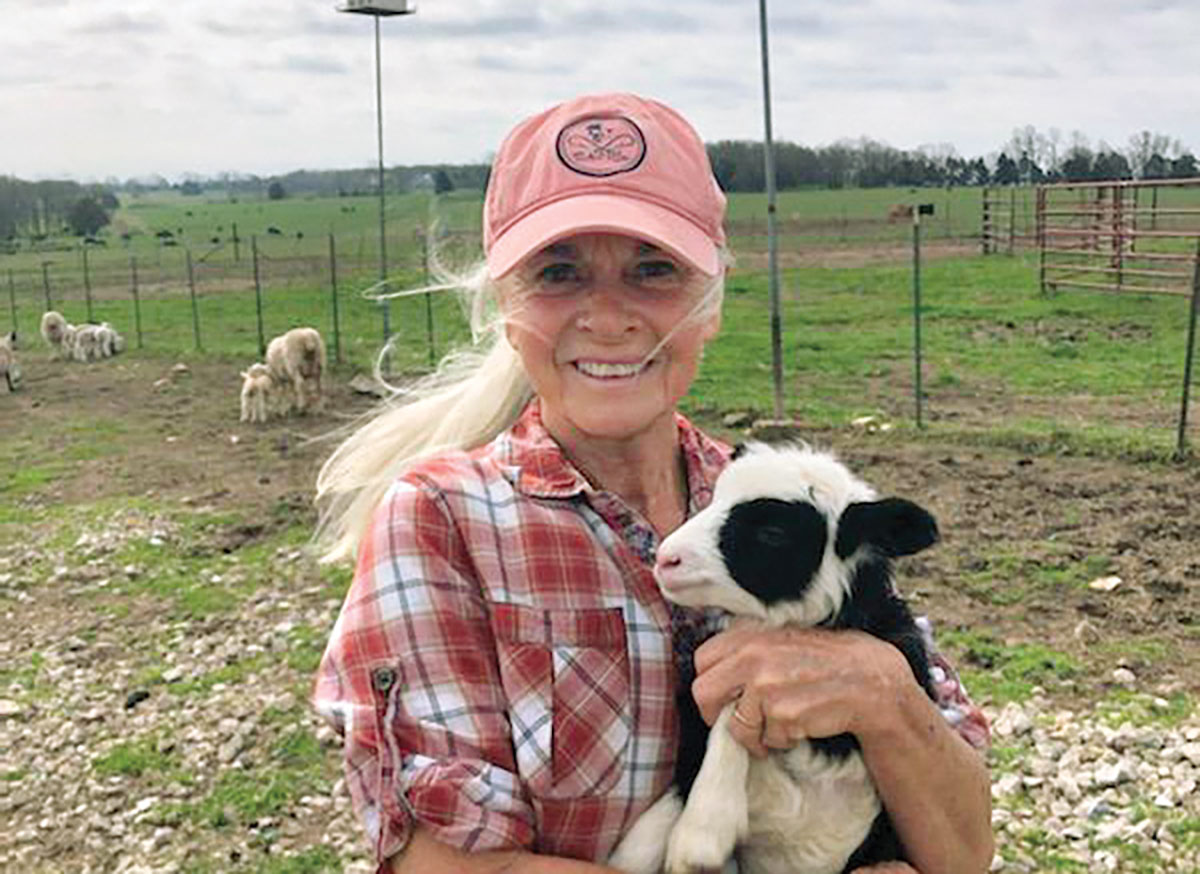
Changes in the economy prompts family to diversify its operation for future generations
BLAND, MO. – Raising shrimp was the best option Simon Rademacher found to diversify his cattle farming operation and provide economic stability on his family’s 232 acres of land.
Three years ago, the price of corn and soybeans were down when Simon began researching crops/animals that could be raised alongside his cattle.
“Farmers have to think outside the box because we buy retail and sell wholesale,” Simon said. “It’s the exact opposite of most businesses.”
Simon recalled from ag studies at Lincoln University, the feed ratio for fish was lower than any other farm animal. Farming has been a way of life since he was “knee high.” He hadn’t raised any aquatic life thus far, but raising shrimp piqued his interest.
Missouri shrimp farmers are few and far between. It wasn’t as if there were neighbors down the road to seek advice like there is with area cattle farmers. Presently, there are three shrimp farming operations in the state, located in Foristell, Neosho and Oak Grove.
Simon relied on the internet for start up advice and raising shrimp. Jeff and James Howell, co-owners of Triple J Farms, based in Foristell, produced videos of their operation, launched on Facebook and YouTube. Simon studied their operation as well as another in Indiana. He called for tips and advice from the shrimp farmers who were willing to share their knowledge.
During the midst of the COVID-19 pandemic, Simon and his wife Christina, a business education major who operates a child care center, plans. He remembered learning in college the feed ratio for fish was lower than any other farm animal.
Raising shrimp piqued his interest, and began construction of SV Shrimp Farm.
There are eight round tanks, each 4-by-16 feet inside a metal building. The concrete floor has a heating system built in and water flowing to the tanks is warmed with an instant tankless hot water heater. Good insulation is a must to maintain the optimal conditions for shrimp of very humid air and a water temperature of 84 degrees.
The first load of shrimp arrived in June 2021. The tiny shrimp originated in a Florida hatchery, then were shipped via air to a nursery in Florissant with the final trek to SV Farms via a truck that had oxygen holding tanks specifically designed for fish transport.
SV Farms has 8,000 shrimp brought in at a time; each tank can hold up to 4,000 shrimp.
Then the real work begins.
While raising shrimp is a scientific process, in reality it is not as labor intensive as raising other farm livestock. It was a way of farming Simon felt his young daughters, Symone and Viola could easily take over, without a struggle, should something happen to him.
At 8 years old, Symone already demonstrates with accuracy, every step of the process.
Viola is only 4 and seems to get more enjoyment out of roller skating around the tanks. Before the tanks were set, the concrete floor building made a great roller skating rink, Christina said with a laugh.

Symone said the water must be watched carefully and tested often, adding that she can tell when the stone aerator filters are brown, they must be changed so fish poop doesn’t clog up the aerators.
She also demonstrated how food is put into automatic feeders with timers that distribute pellets at increments on a 24-hour cycle. Simon said he likes to make sure the shrimp food is refilled close to the same time each day.
The saltwater is tested for temperature, Ph balance, salinity, alkalinity and nitrates, Simon said. If any of those items are out of kilter, it must be corrected quickly or the entire tank full of fish can be lost.
Simon said he’s lost a few shrimp.
The tank room is kept dark, much like the shrimp’s natural habitat at the bottom of the ocean, so algae doesn’t grow.
Light also causes the fish to become active and sometimes jump out of the tank. Shrimp that jump completely out of the tank to their demise on the concrete flooring, become bait that is sold to local anglers.
“Shrimp are fast and hard to catch,” Symone said.
Biofloc technology, an alternative fish farming method is used. Waste saltwater is transferred into two large tanks where fish waste is recycled and reused. Simon said the same water is used over and again.
It takes about 3-4 months for the shrimp to grow enough for sale. SV Farms cuts out all middle men and sells direct to customers. Currently there is a waiting list for shrimp at $20-22 a pound, depending on size. Customers have said once they eat fresh shrimp, they don’t want to return to frozen ones from local stores. The Pacific White Shrimp is known for its sweet taste, Symone said.
The shrimp is sold live and wiggling when customers take it home. Before consumers leave, Simon teaches them how to easily clean the shrimp.
Christina said of all the ways there are to prepare shrimp, cooking it in a skillet with garlic and butter is the tastiest way she’s found. The biggest mistake people make is cooking shrimp too long. If boiled, it should be cooked for 3 minutes, Simon added.
Once the mature shrimp are sold, the tanks are replenished and the process comes full circle.
It is a substitute farm lifestyle Simon hopes will sustain his family farm for his daughters and generations to come.







